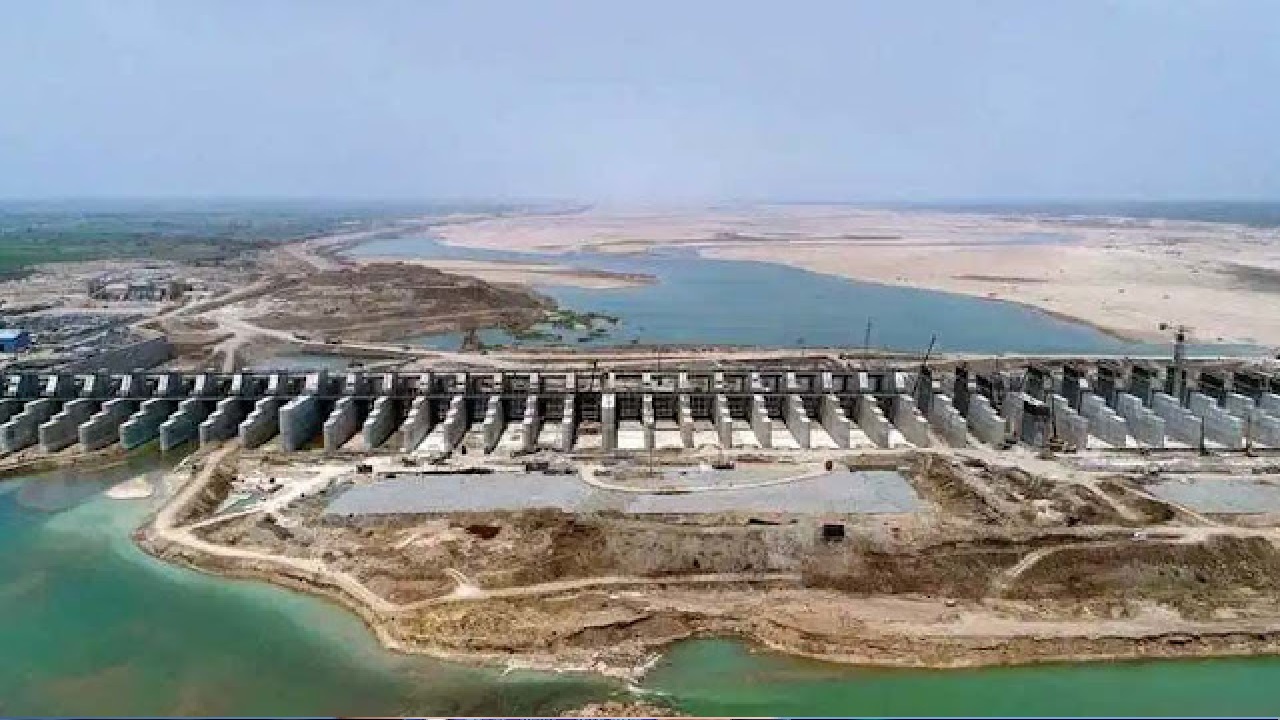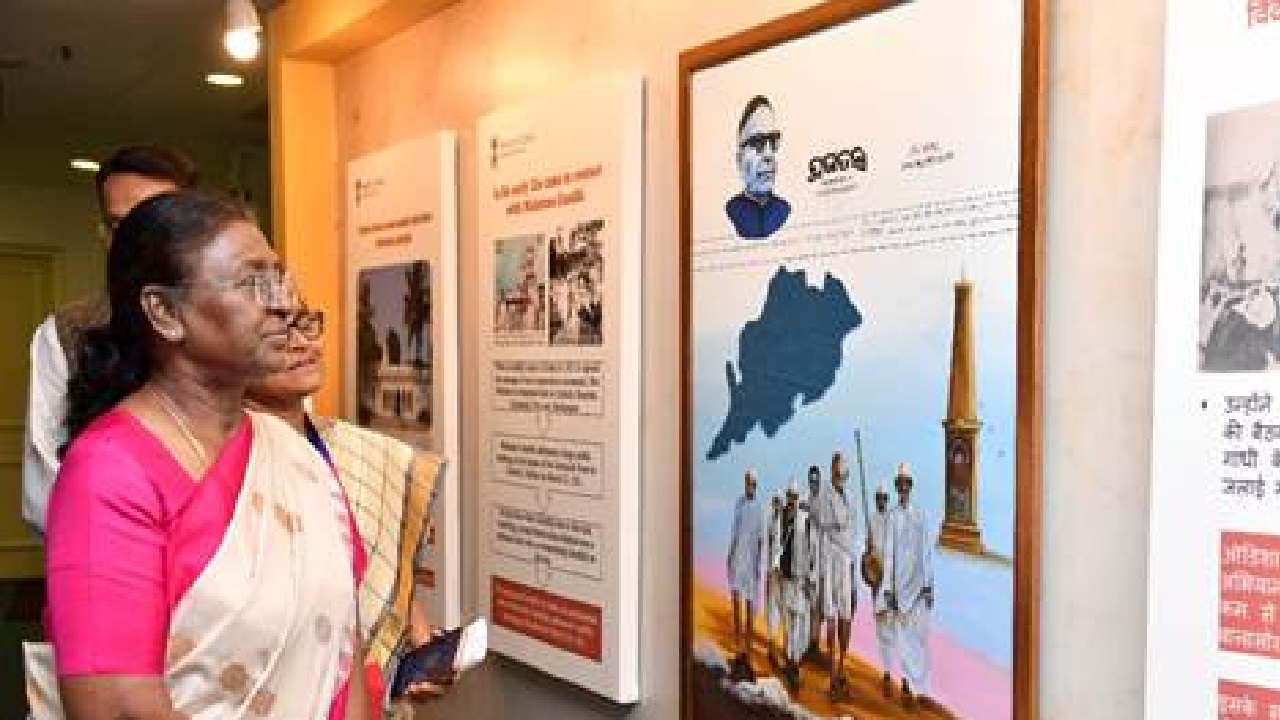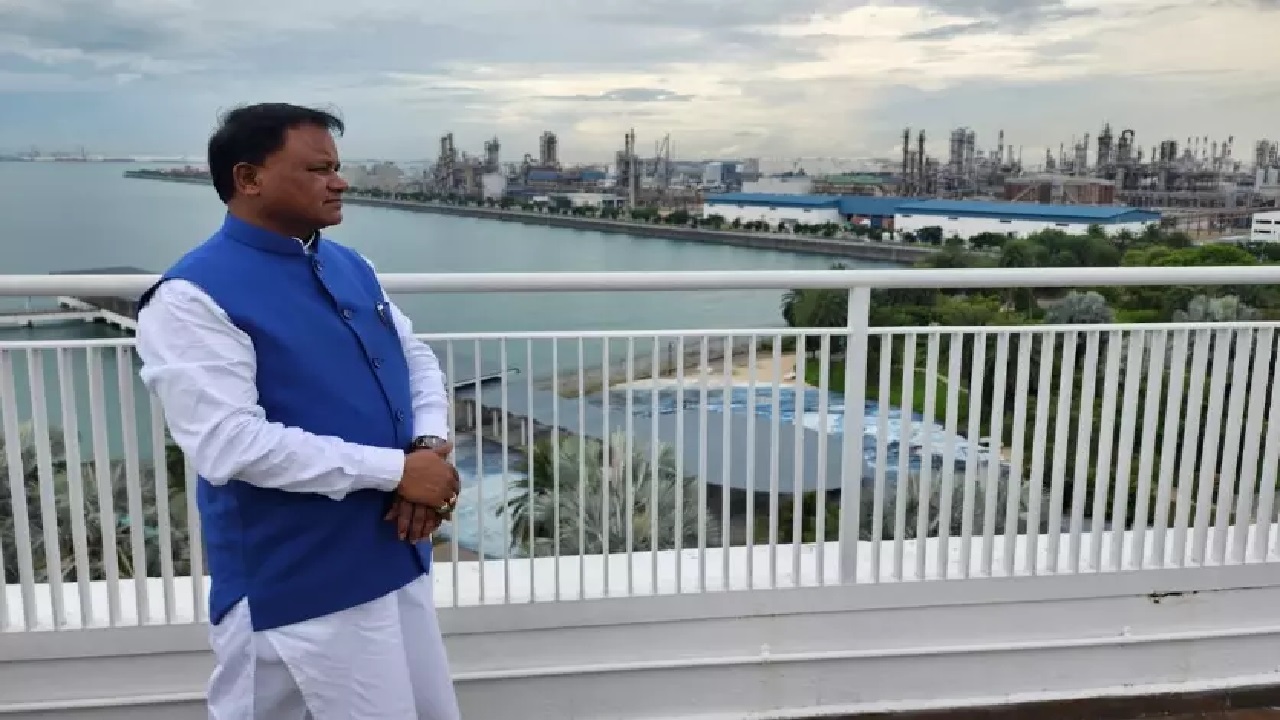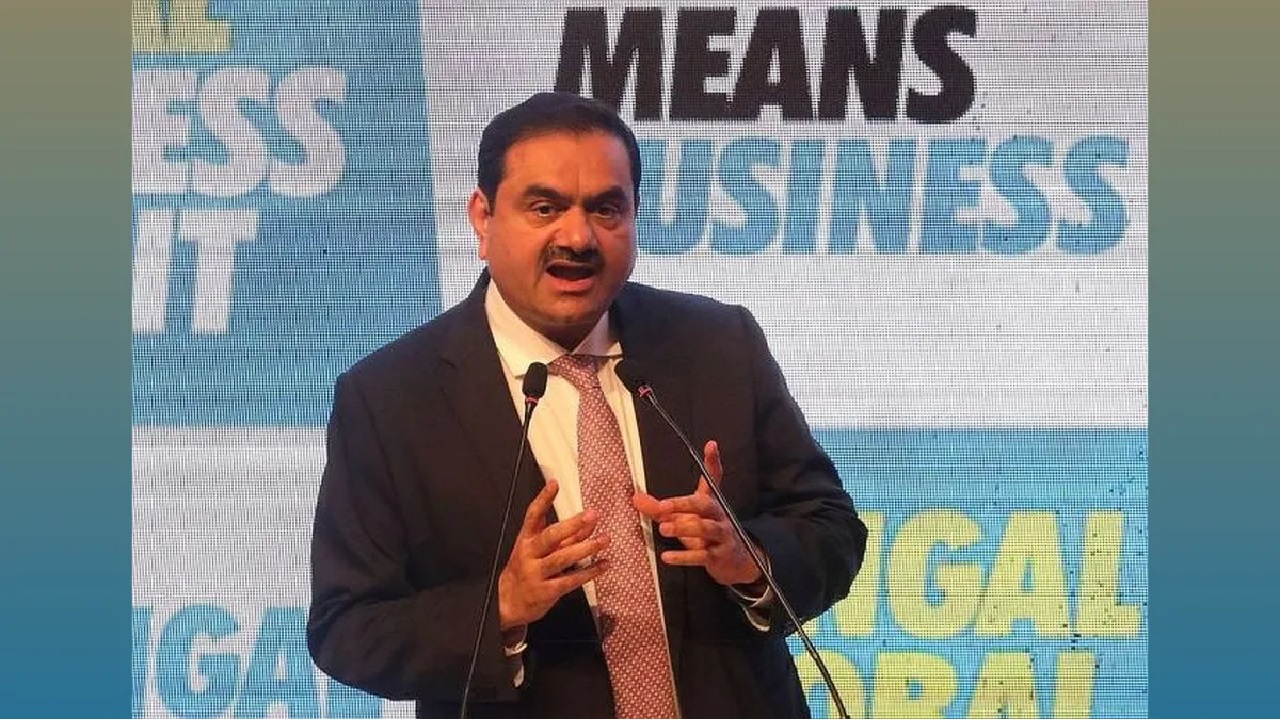
BJD Takes Action on Polavaram Project
In a strategic move aimed at addressing the potential impacts of the Polavaram Dam project, the Biju Janata Dal (BJD) has announced the formation of a special review team. This initiative, led by BJD president Naveen Patnaik, is set to examine how the project, located in neighboring Andhra Pradesh, will affect tribal-dominated areas in Malkangiri district of Odisha. The review team is scheduled to visit the impacted regions on August 8, with former minister Atanu Sabyasachi Nayak at the helm.
Composition and Goals of the Review Team
The team tasked with evaluating the Polavaram project’s impact includes key BJD members such as Devi Prasad Mishra, Pradeep Majhi, Bhrugu Baxipatra, and local leaders from Malkangiri. Their primary goal is to assess the situation on the ground in areas expected to be affected by the dam. Specific locations for the review include Motu, Padia, and other potentially inundated areas. The team is expected to prepare a comprehensive report on their findings, which will be presented to Patnaik for further action and potential political leverage.
Political Reactions and Criticisms
The BJD’s move has generated a flurry of political reactions. Pradeep Majhi, a member of the review team, criticized the BJP for its support of the Polavaram project. He claimed that the dam, which has received national project status and substantial funding, is expected to flood approximately 1,400 to 1,500 hectares of land in Malkangiri. Majhi emphasized the BJD’s commitment to defending the interests of the affected communities and vowed to fight against the project’s detrimental impact.
Naveen Patnaik has previously voiced his discontent with the Modi-led NDA government’s allocation of additional funds to the Polavaram project without addressing Odisha’s concerns. Patnaik’s criticism highlights the ongoing tension between the state and central governments over the project’s implications for Odisha.
Congress and BJP’s Counterarguments
Congress MLA Sofia Firdous has also weighed in, criticizing both the BJD and BJP. She argued that instead of forming a review committee, the BJD should focus on halting the project altogether. Firdous accused the BJD of failing to address the issue during its 24 years in power and criticized the BJP’s double-engine government for not taking concrete steps to resolve the concerns of affected communities. The Congress had earlier pushed for the creation of a House Committee to investigate the Polavaram Dam’s impact on tribal people in Malkangiri, with Congress Legislature Party (CLP) leader Rama Chandra Kadam blaming the Centre for advancing the project without resolving local issues.
BJP MLA Babu Singh responded by dismissing the BJD’s actions as a political stunt. Singh contended that the BJD had ample opportunity to address these concerns while it was in power but chose not to do so. He described the BJD’s current stance as a desperate attempt to mislead the public and criticized the party for not raising these issues during its tenure.
BJD’s Political Strategy and Implications
The BJD’s formation of the review committee comes in the wake of recent electoral setbacks, with the party seeking to regain public trust and criticize both the BJP government at the Centre and the state. By focusing on the Polavaram issue, the BJD aims to showcase its concern for affected communities while holding its political opponents accountable.
The Polavaram project has thus become a central point of political debate in Odisha. The BJD’s review committee will investigate the project’s potential impact, but the move has been met with skepticism from both the BJP and Congress. The party’s critics view the initiative as a political maneuver rather than a genuine effort to address the issues surrounding the project. As the situation unfolds, the effectiveness and sincerity of the BJD’s actions will likely continue to be a topic of heated debate.
(With inputs from agencies)







